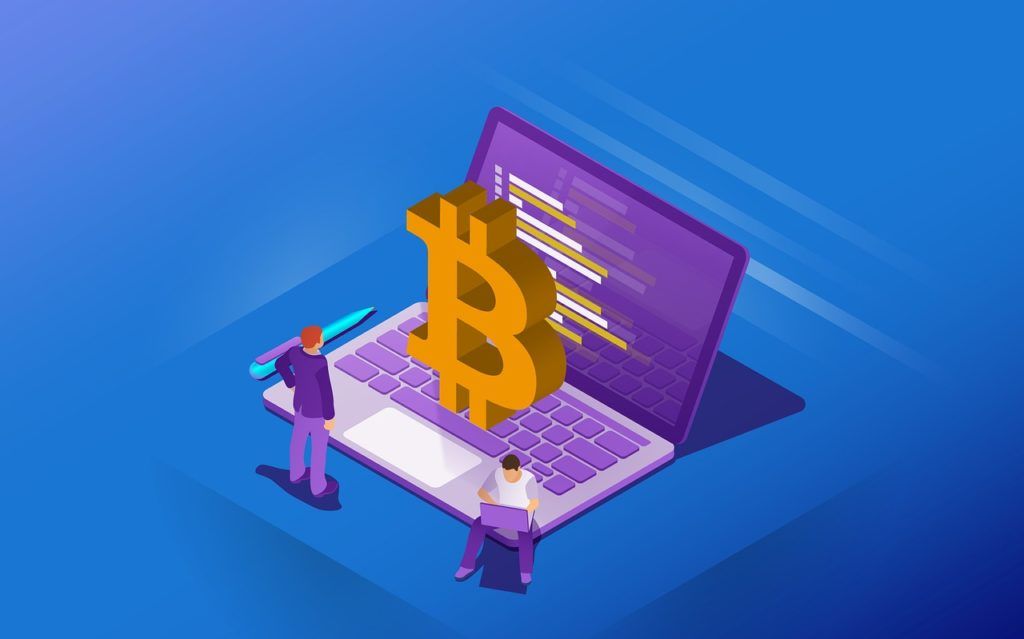Bitcoin proffers a new dimension to payment methods and has resulted in the introduction of new vocabulary. Not to worry, you will get a hang of it.
Hash Rate
The processing power of the Bitcoin network has a unit of measurement called a hash rate. In order to ensure security of the Bitcoin network, intense mathematical operations must be carried out by the network. At a hash rate of 10 Th/s, you would expect 10 trillion calculations per second.
Double Spending
The double spending problem has been a major issue with previous digital currencies, where an unscrupulous user tries to manipulate the system by transacting their Bitcoins to different recipients at the same time. The process of mining Bitcoin on the blockchain is a way of reaching consensus, i.e. to validate one of the two transactions using cryptographic hashes.
Confirmation
This implies a hand shake i.e. a particular transaction has been sorted out by the network, added to a block of transactions and are most likely irreversible. Transactions receive a confirmation when they are included in a block and for each subsequent block. For low value transactions, a single confirmation may be considered to be secured, however waiting for 6 confirmations or more when dealing with huge volume of Bitcoins is considered best practice. The more confirmations that get stacked on top of your blocks’ transaction, the less the risk of getting your transaction reversed.
Cryptography
This is a branch of mathematics that helps establish tamper evidence, providing a high level of security. Software version control tools, banking and ecommerce already make use of some form of cryptography. The Bitcoin blockchain is built on cryptographic hashes, which culminate into an ever growing Merkle tree ensuring tamper evidence and tamper proof on the network.
BTC
This is the token symbol for representing Bitcoin.
Blockchain
The blockchain is a distributed/decentralized ledger where all Bitcoin transactions are publicly stored in chronological order. It ensures that all stored transactions are tamper proof i.e. cannot be changed.
Bitcoin
When communicating Bitcoin as an idea, the first letter is capitalized. For example a sentence like: “Let us discuss the process of Bitcoin mining at lunch”.
On the other hand, bitcoin without capitalization represents a unit of account. For example: “Did you get the 3 bitcoins Trevor sent you?”
Block
This is a collection of transactions records in the blockchain that confirms a lot of pending transactions. At approximately every 10minutes, a new block of transactions by the process of mining gets added to the blockchain.
Bit
It’s a sub-unit of a single bitcoin. One (1) bitcoin (BTC or B⃦) equals a million bits (1,000,000bits). This makes for ease of transacting with goods and services.
Address or public key
Your Bitcoin address can be likened to your bank account number or e-mail. This is the only information required to receive payment in Bitcoins. It is important to note that for every transaction a different address should be used.
Mining
This is a process performed by special nodes on the Bitcoin network called miners. It involves them competing against themselves to solve a computationally intensive cryptographic puzzle in order to decide who gets to add the next block of transactions to the blockchain, as well as securing the network. As a result the miner who completes/solves this puzzle earns a reward in the form of Bitcoins. Mining requires special computer hardware and electricity to get up and running, and the puzzle difficulty keeps increasing.
Private Key
This is for your eyes only secret piece of alphanumeric data which proves your right of ownership to spend Bitcoin from your Bitcoin wallet. It can be likened to your Bank vault combination lock. Private keys are either stored on a remote server for web/app based wallets; stored on your computer for software wallets; or they can even be printed on a piece of paper or metal. There specially designed hardware wallets that are similar to flash drives.
Cryptographic Signature
A particular Bitcoin wallet and its corresponding private key are connected via cryptographic wizardry. Using an appropriate private key, your Bitcoin wallet signs a transaction, which is easy for the entire network to validate that the amount of Bitcoin being sent corresponds to your signature. The magic here now is the impossibility of guessing your private key.
Wallet
This is similar to a physical wallet that stores your cash, considering that it safely stores your private key hence making it possible to carry out transactions. You can send and receive bitcoins, as well as view your account balance and transaction history.
P2P
A Peer-to-peer network generally involves a group of computers having direct interaction in an organized manner without a central authority to authenticate the communication process between nodes. Bitcoin adopts a similar approach, whereby each user/node broadcasts the transactions of others on the network, without a central bank.





